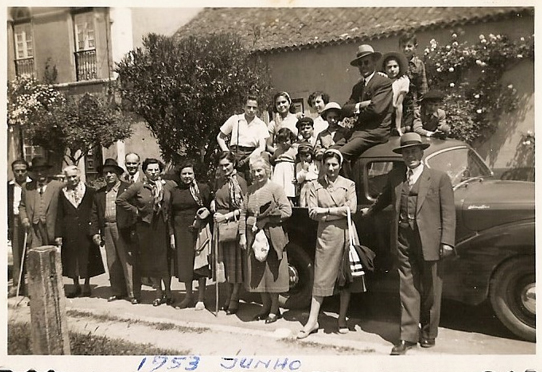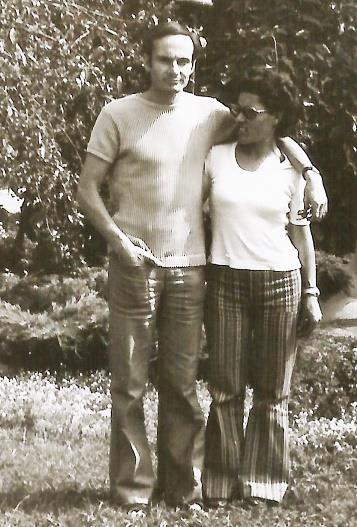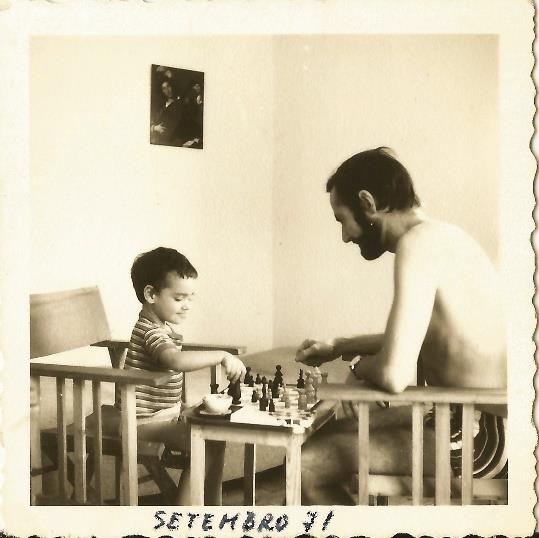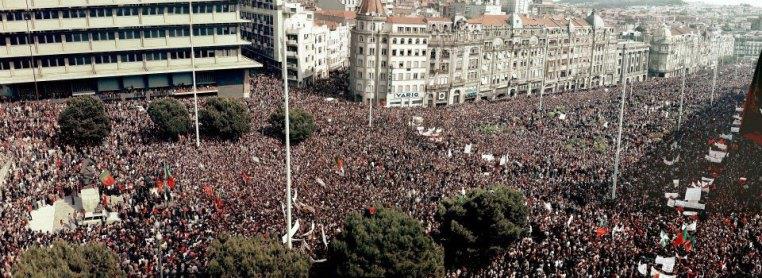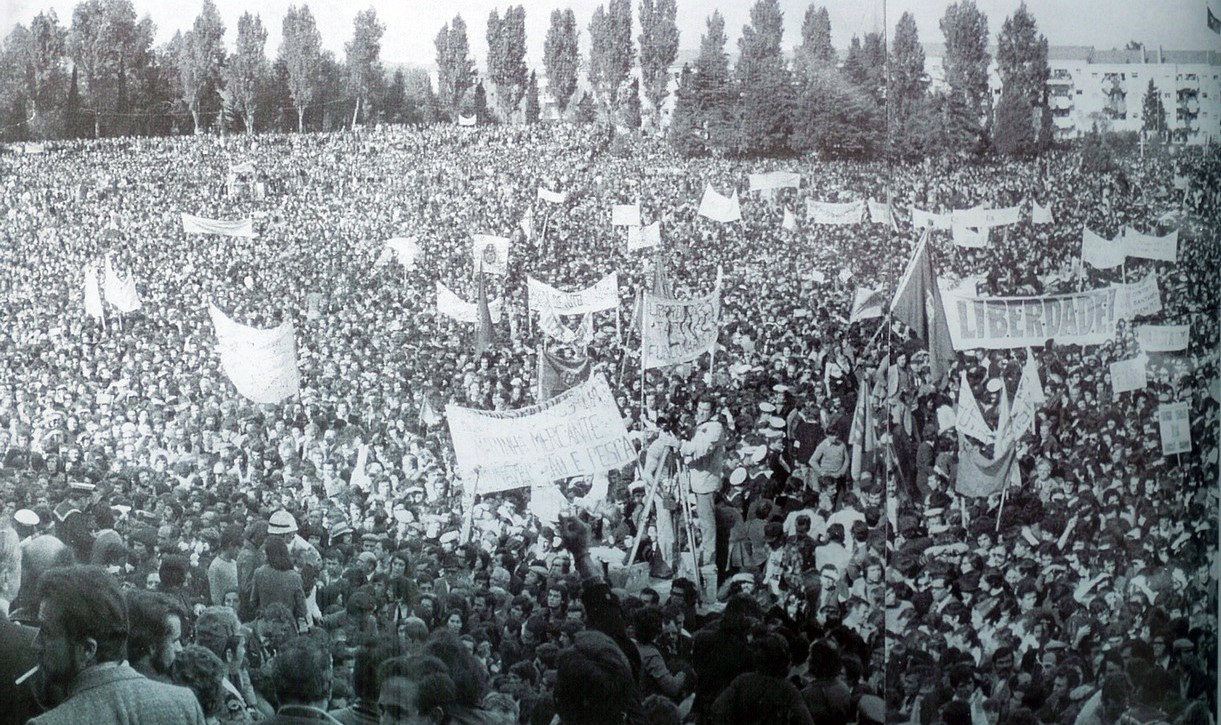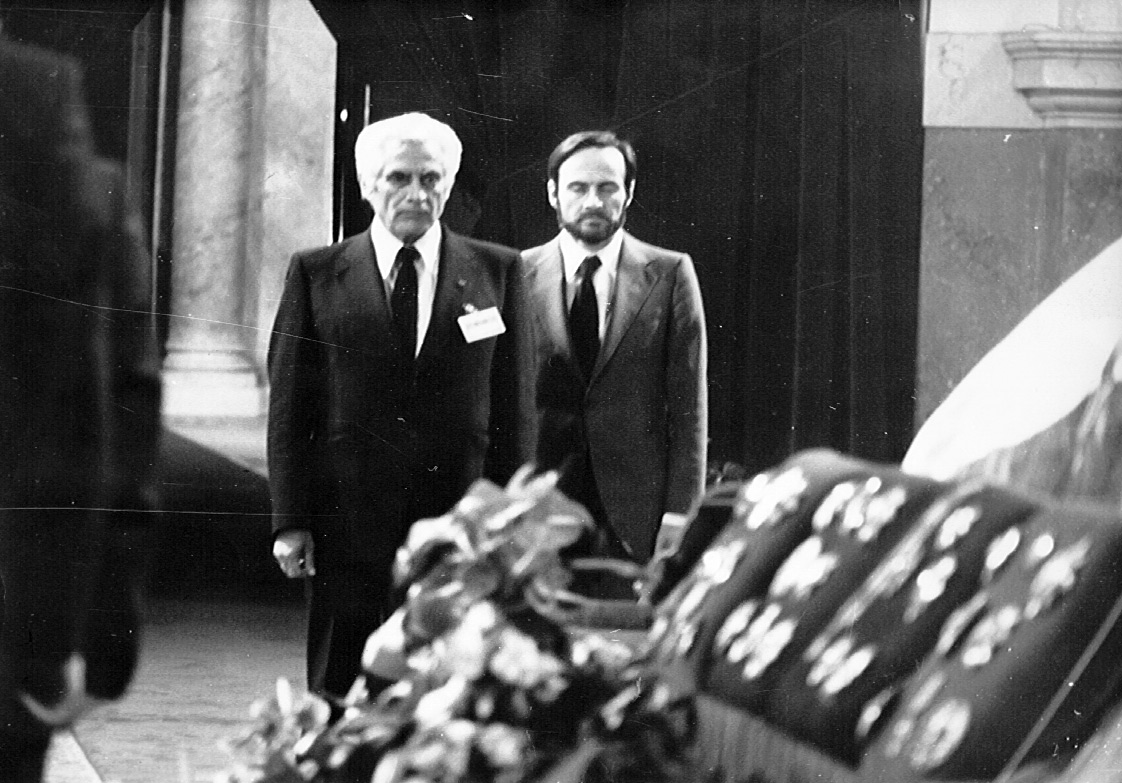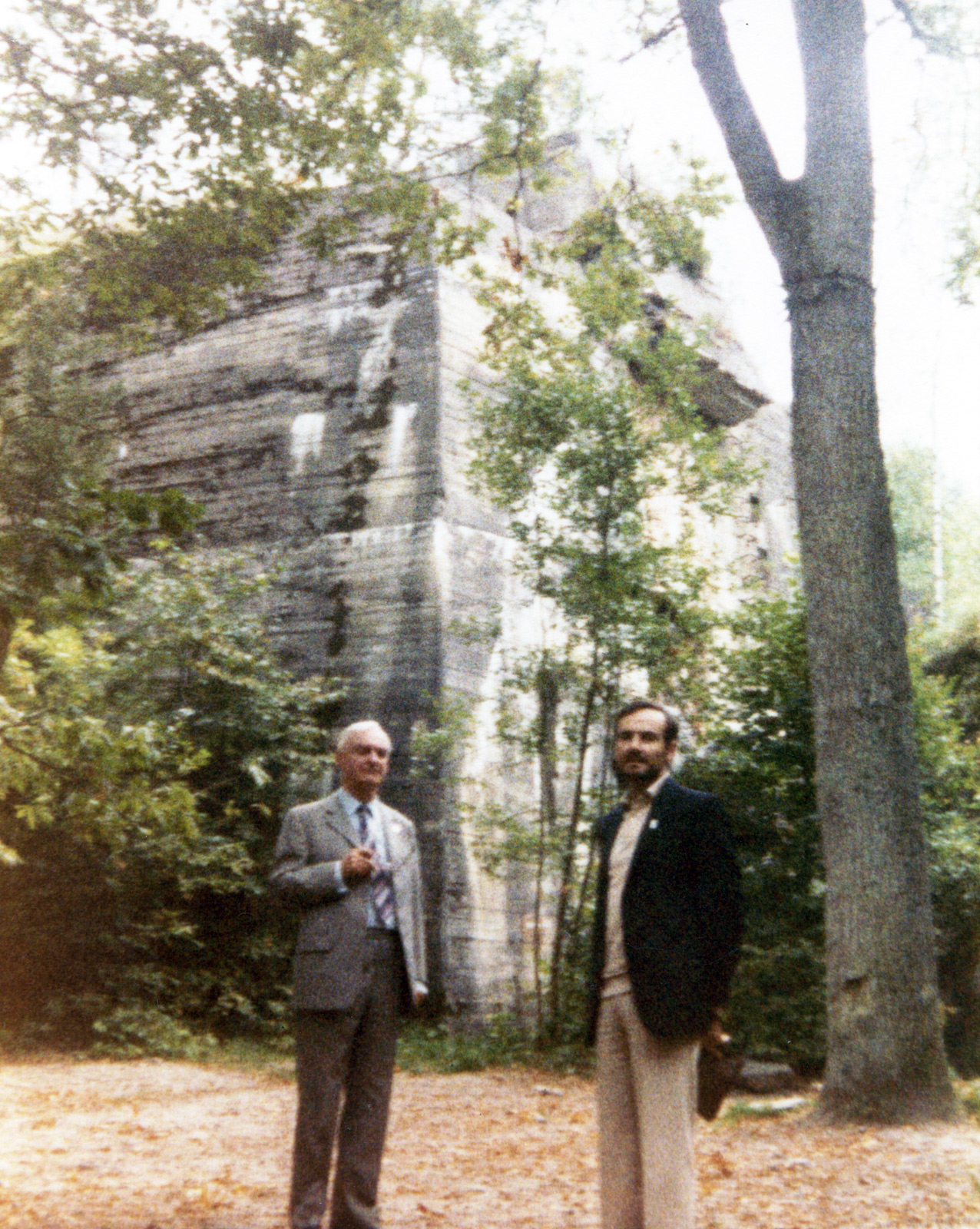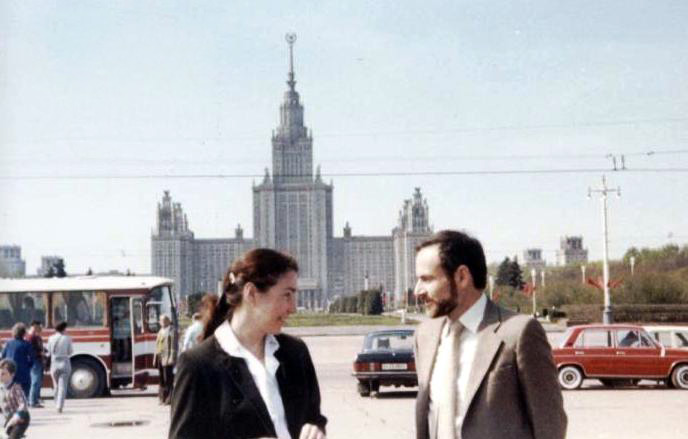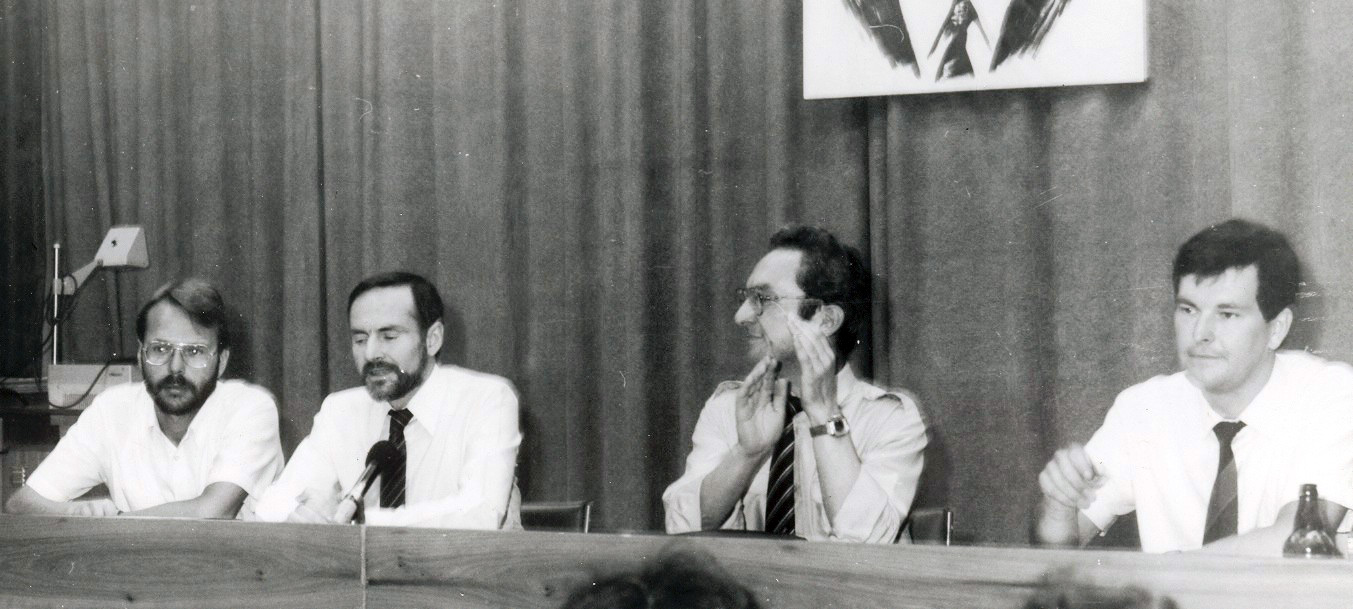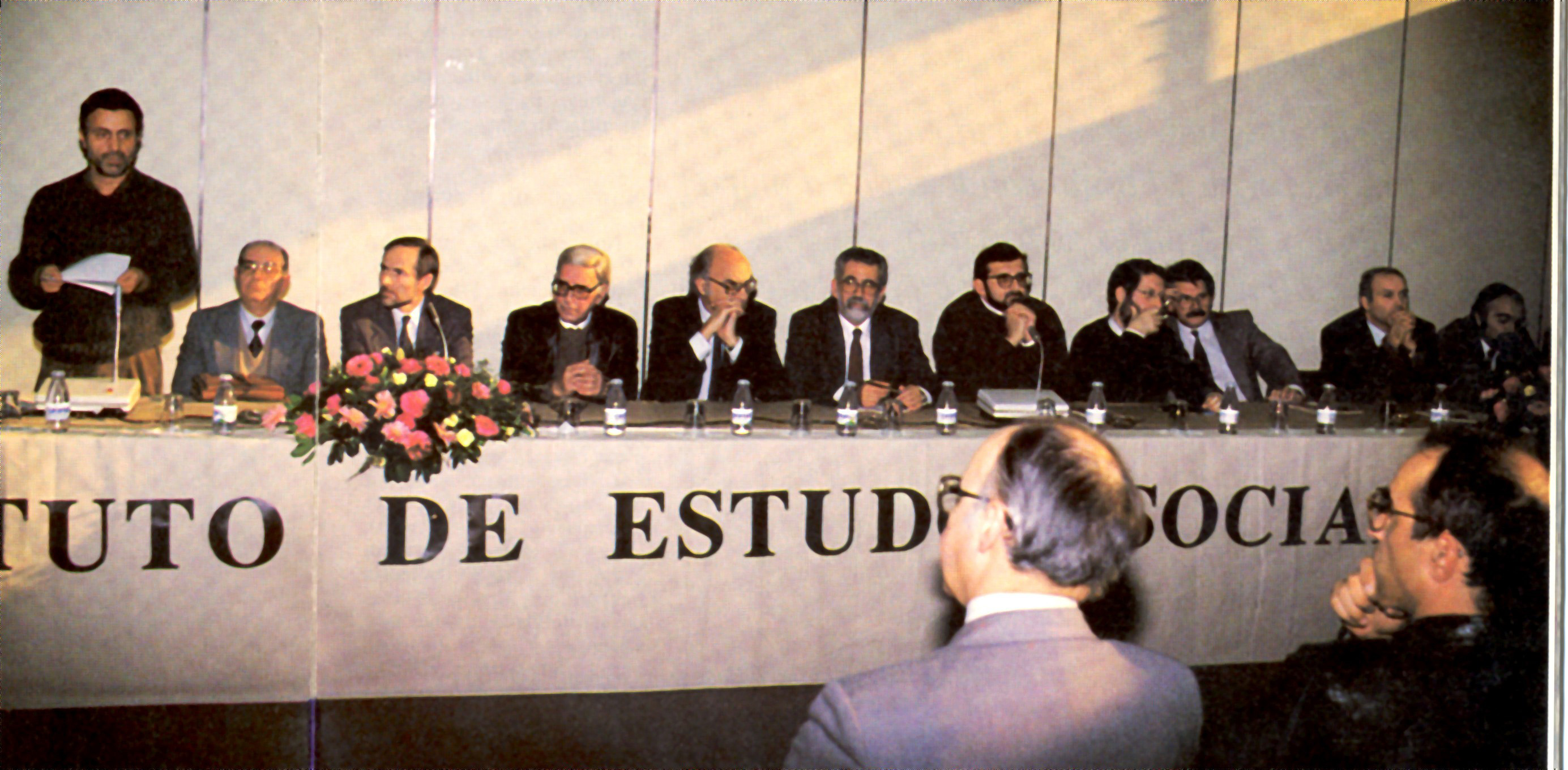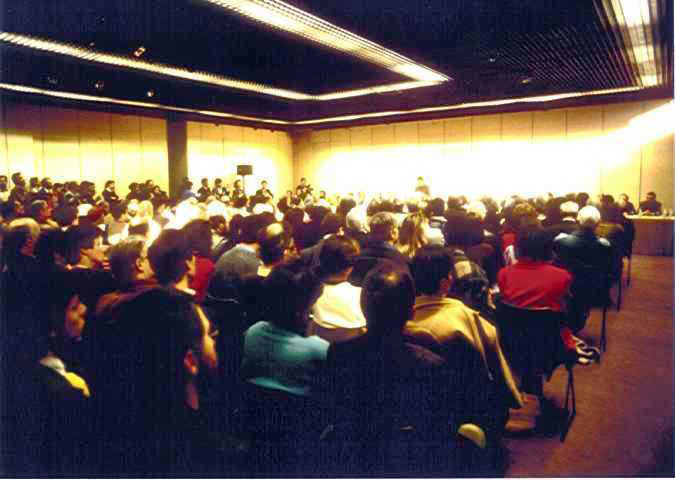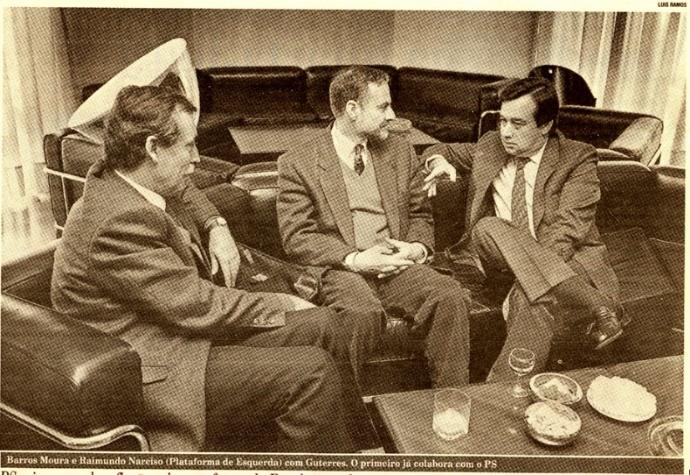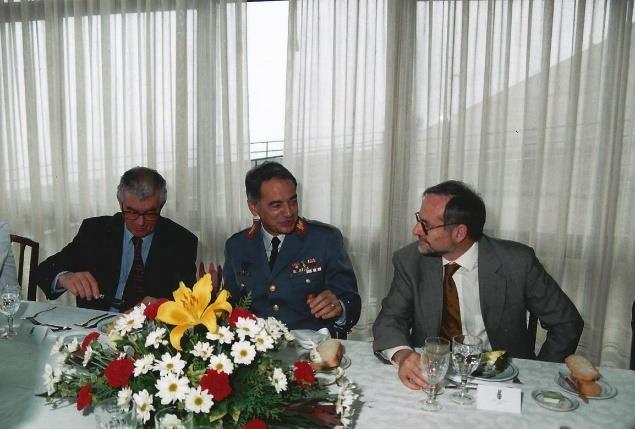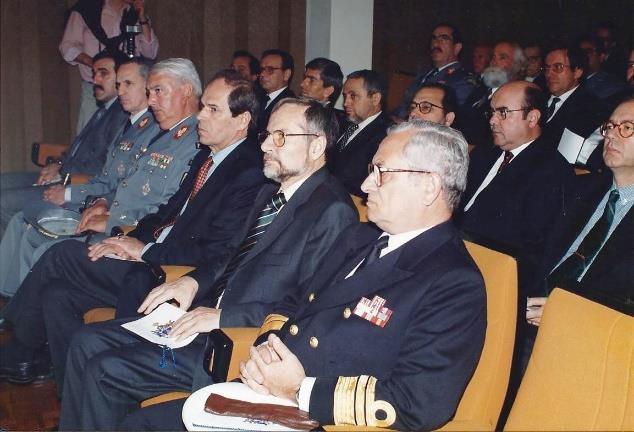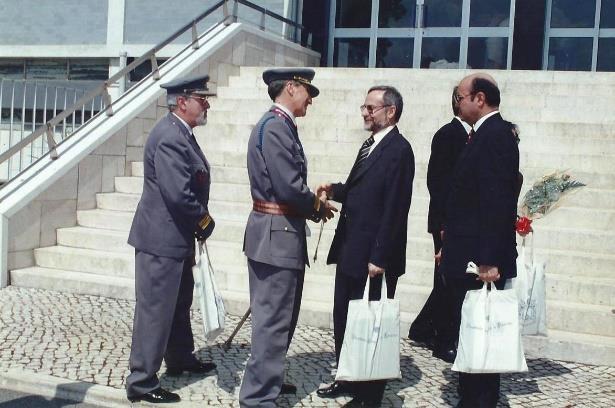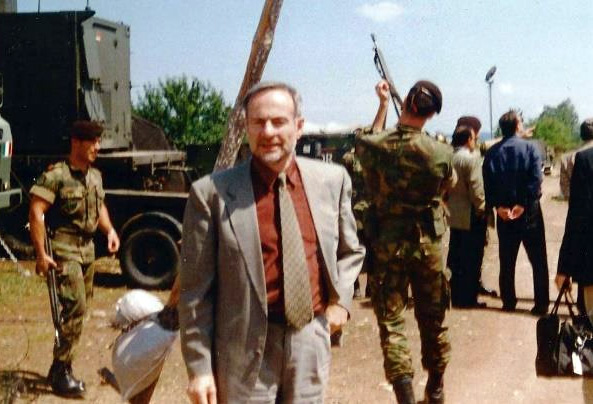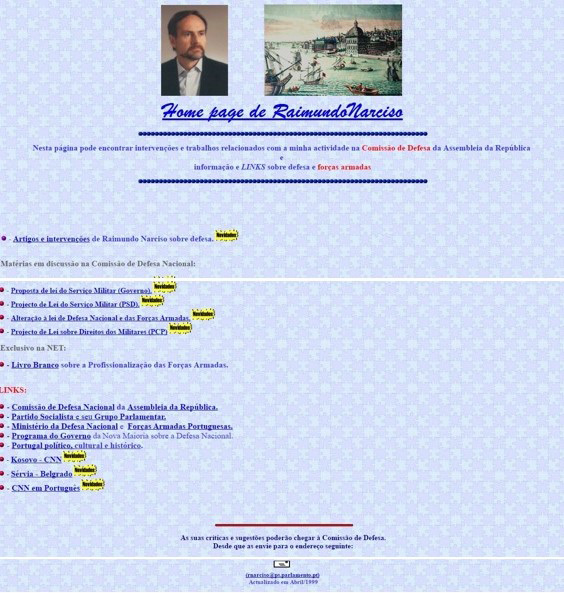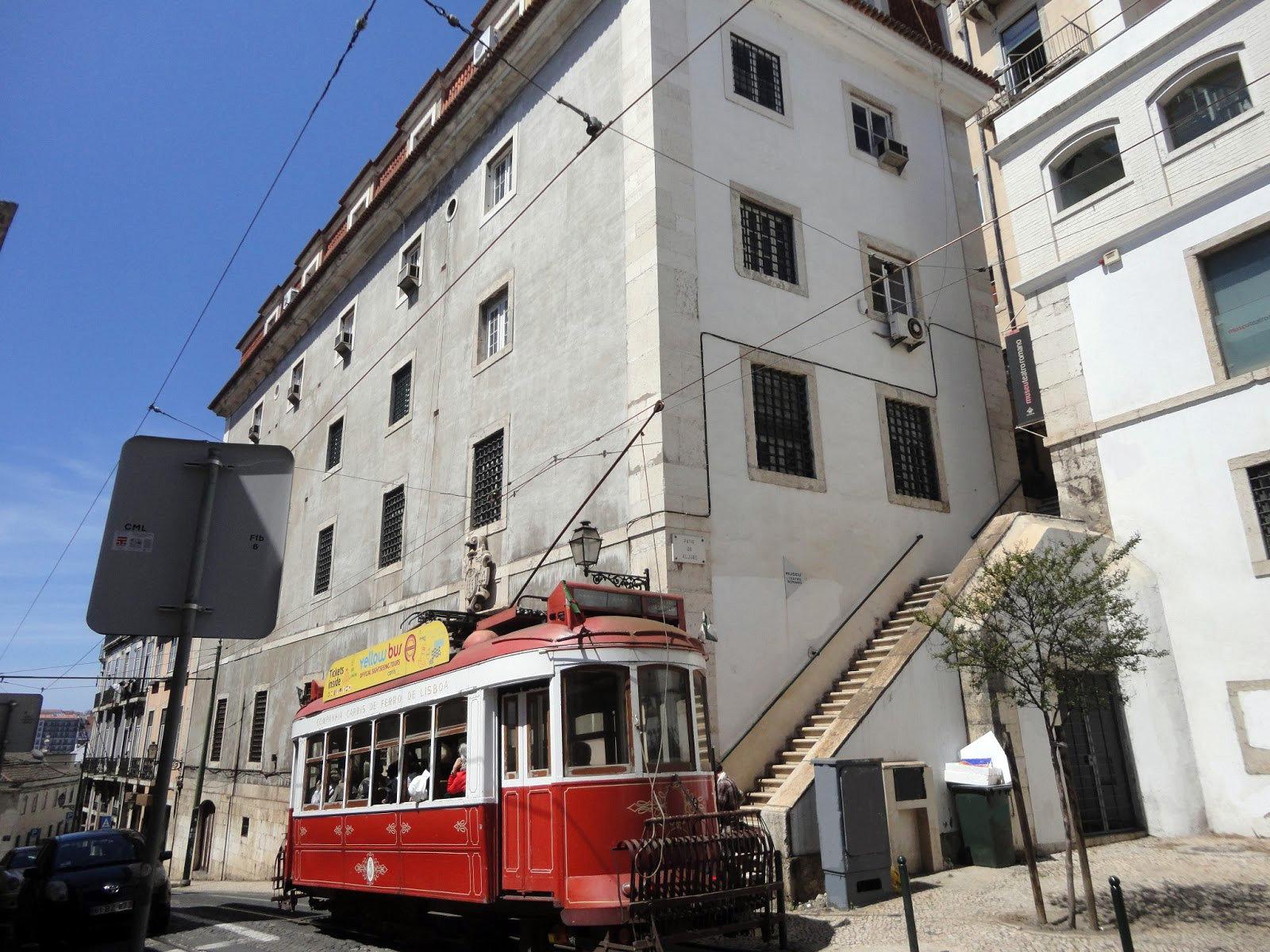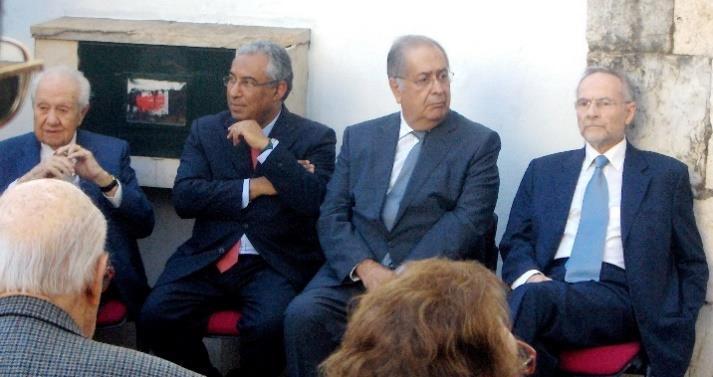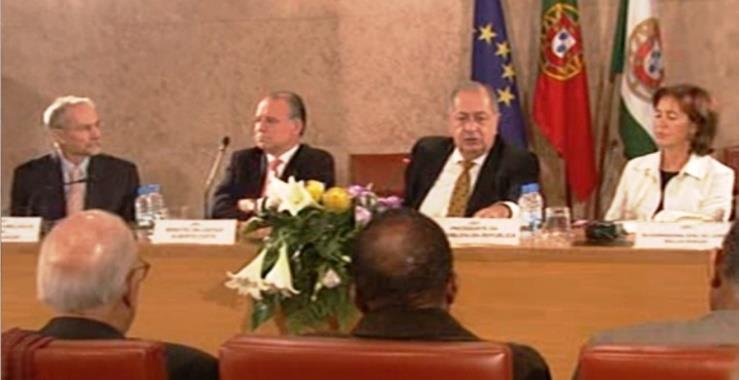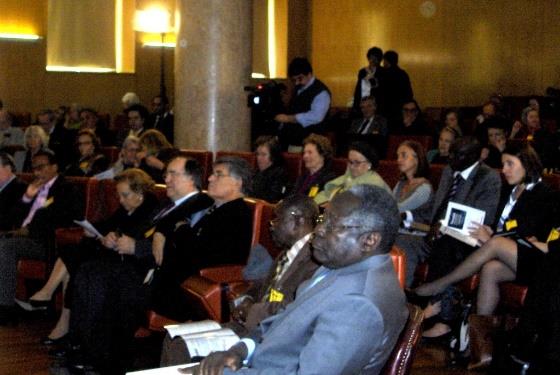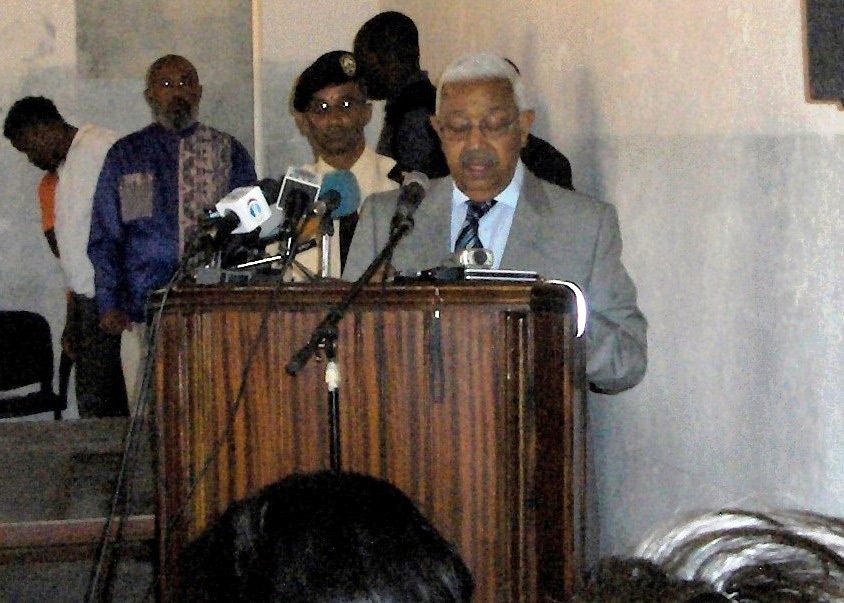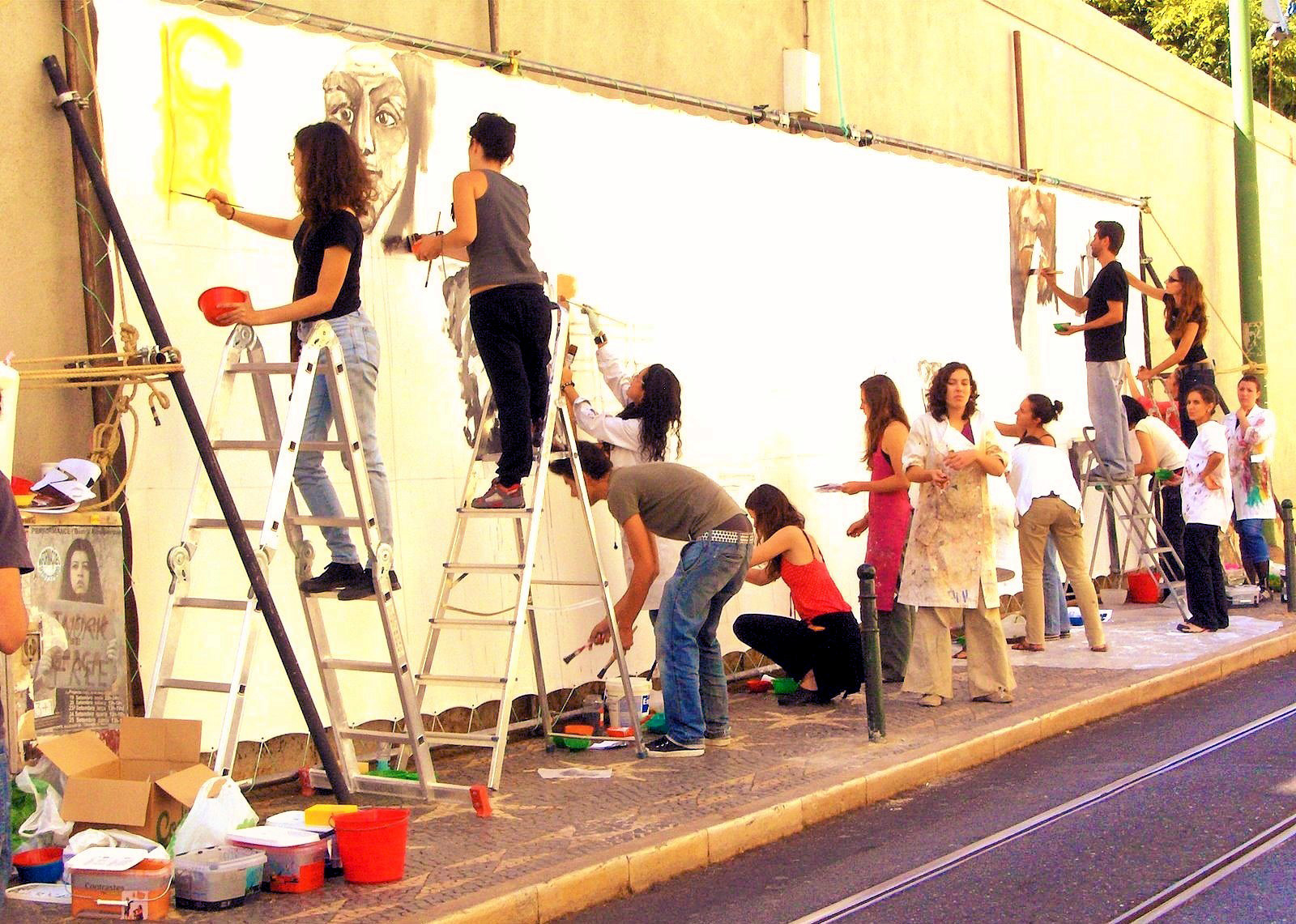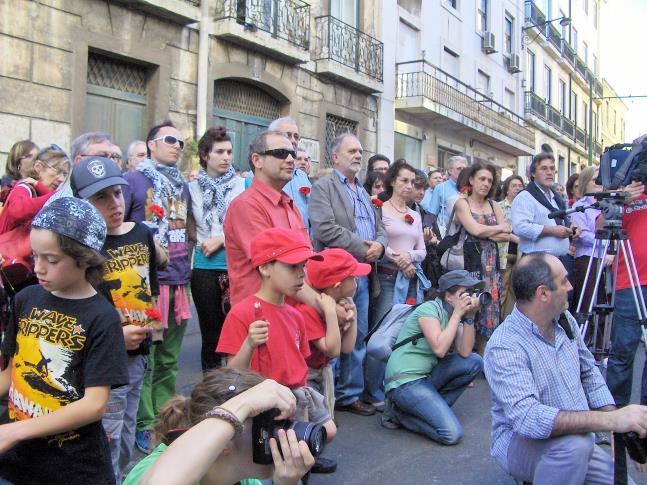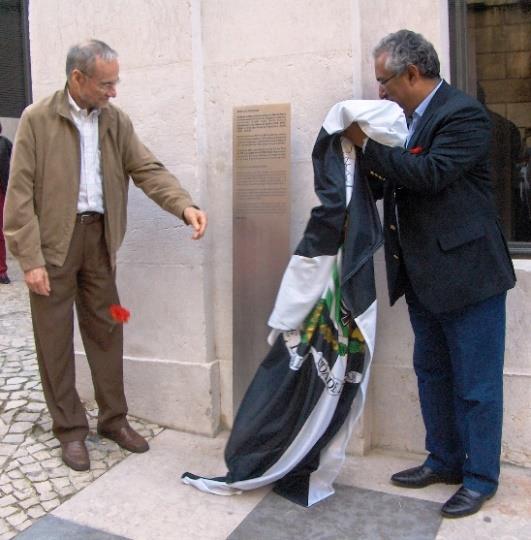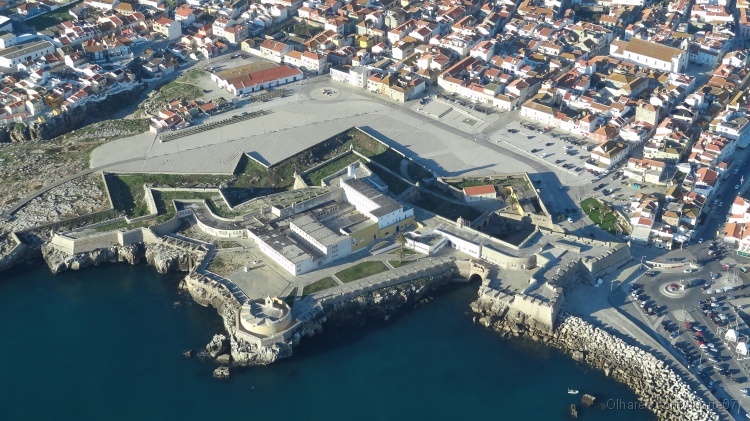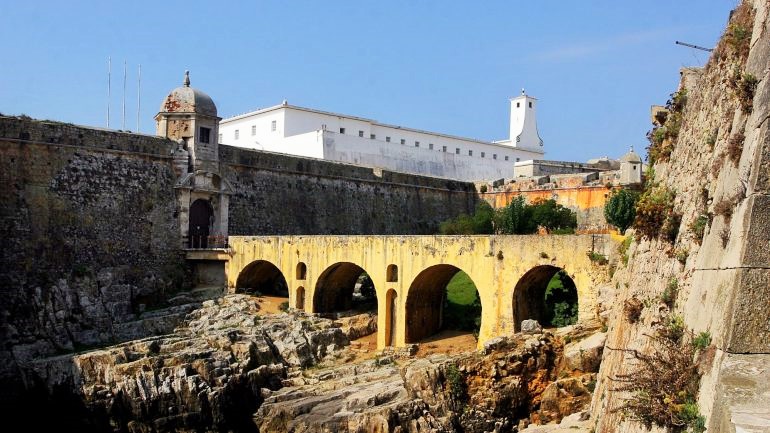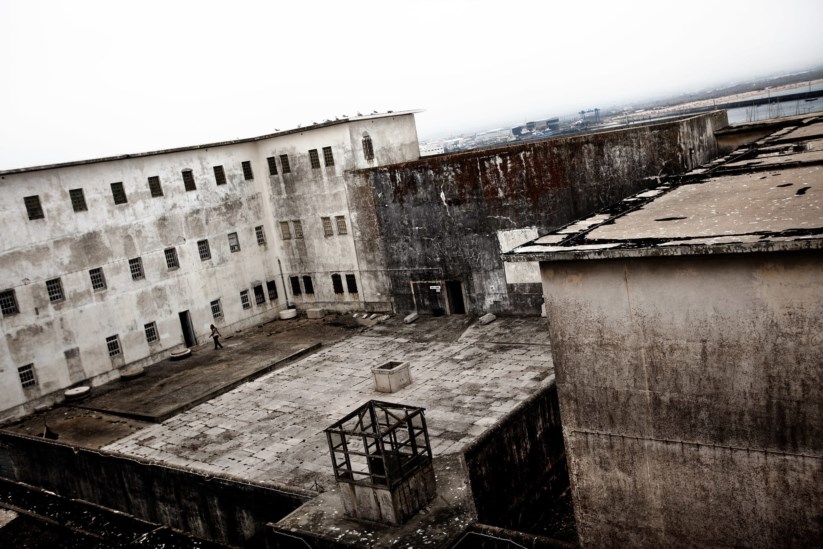About Raimundo Narciso,
the family Cruz and Portugal.
For Frank and all our American cousins Note to American readers... Raimundo is my cousin in Portugal and a principal contributor to the family history. I asked him to write this brief autobiographical sketch. Don't be shocked by the word "Communist". Communist parties have been a standard part of European politics for over a century, as they were of US politics prior to the end of WWII. Bear in mind that Portugal, like Spain, was suffering under a fascist dictatorship similar to the ones in Germany and Italy, and (along with Spain) that outlived those two by several decades with the full support of the government of the United States. —Frank da Cruz
1938/1948 - Vilar
Raimundo Narciso (b.1938) lived with his parents Manuel and Ilda and his sister, Helena Maria (b.1940) in the village of Vilar, county and municipality of Cadaval, until 1948 when he entered Passos Manuel public secondary school in Lisbon for 5th and 6th grade.His family lived from farming: the cultivation of vineyards and winemaking but also horticultural and forestry production. They raised chickens, turkeys, ducks, and rabbits for their own use and sometimes for sale. In the land by the house, his father planted a variety of fruit trees beyond the vineyard for family consumption and he set up a business buying grapes and making wine.
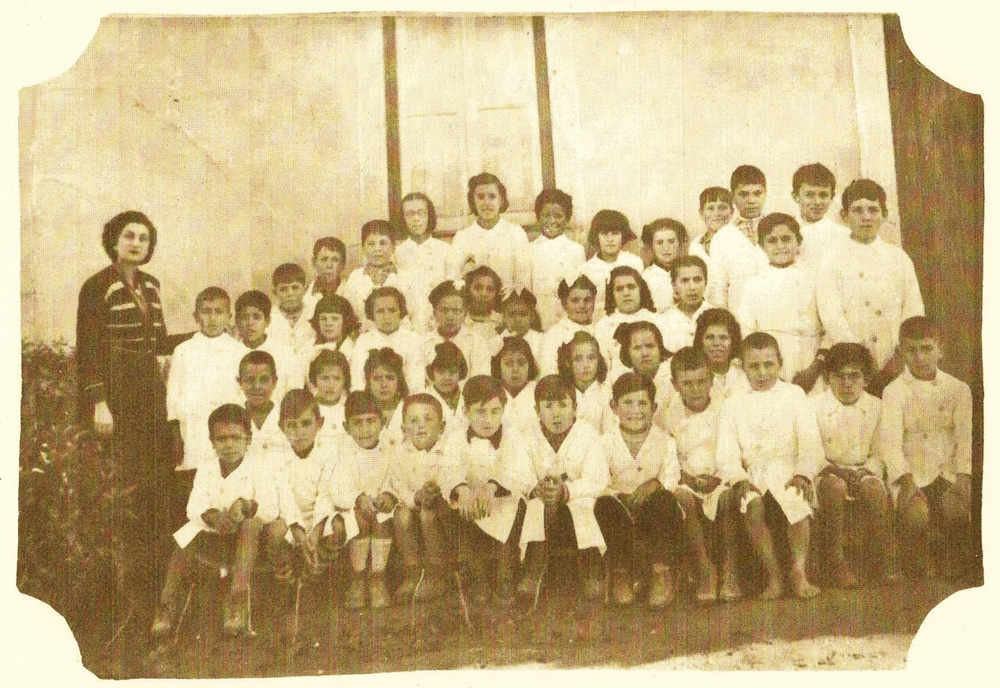
|
| 1946 Prof. Ilda, Vilar, elementary school Casa do Povo, Raimundo is 5th from the left, first row. |
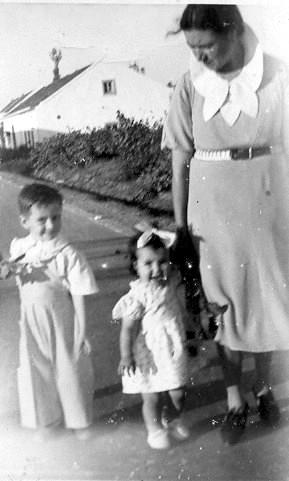
|
| Raimundo and Helena with mother 1942 |
In the first four years of elementary school, the teachers forced us to wait in a group for their arrival and greet them with the outstretched-arm fascist salute, but despite that they treated us well.
Our village was deeply Catholic. Most of the adult population was illiterate. Their culture and ideology were whatever the priest dispensed in masses and sermons. The dictator Salazar was held up as a saint.
My grandfather João lived in our house and died in 1940 at the age of 92. He was very religious and when he could no longer go to church he prayed at home.
1948/1950 - Lisbon
I had 5th and 6th grades at the Lyceum Passos Manuel in Lisbon, it was for boys only. I was living with family friends in the Lisbon neighborhood of Madragoa, just opposite the Palace of Saint Benedict (São Bento), which is the Parliament House. Wednesdays and Saturdays we had to go for uniformed military instruction in the Portuguese Youth paramilitary organization, similar to Hitler Youth and Mussolini's Gioventù Italiana del Littorio.1950/1956 - Vilar
From 3rd to 7th grade I went to school in Torres Vedras, a distance of 18km. In Vilar, my father Manuel was the only person who read the daily newspaper and the Time and Life magazines that his brother Daniel sent him from the United States, and he was the only person who declared himself an atheist. Often we spent Sunday afternoon with his brother Francisco and Francisco's children (Diniz, Francisco, Alice, Lena [Madalena], Luzia) and grandchildren, frequently discussing politics. Francisco and his children were supporters of Salazar, who decreed national mourning when Hitler committed suicide in Berlin in 1945.
1956/1964 - University in Lisbon

|
| Raimundo 2nd from left |
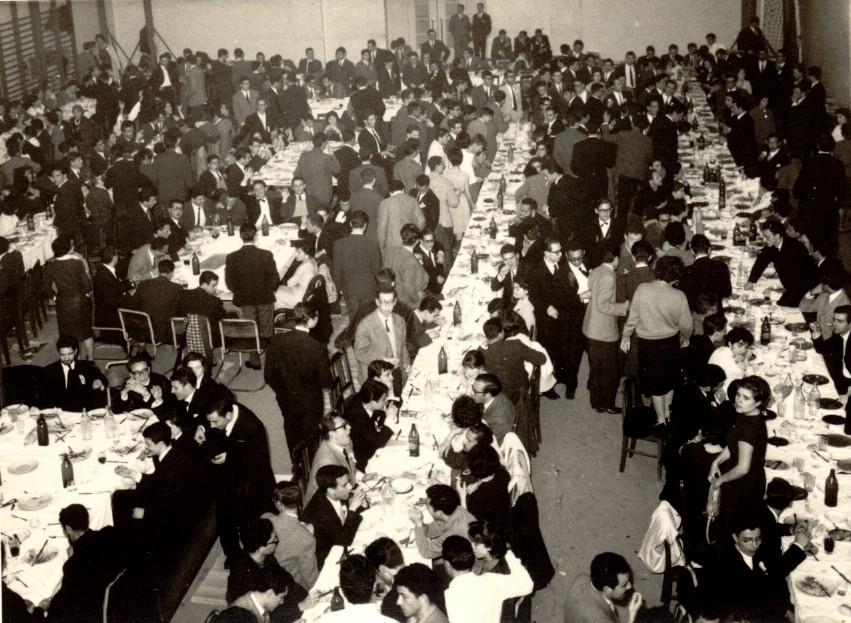
|
| 1961 Cultural and political "Day of the Student" for freedom and democracy, Student Association of the IST. |
When the colonial wars started in Guinea-Bissau, Angola, and Mozambique, the government drafted all young males to go and fight in Africa. I had to interrupt my studies three times: For the cultural and political "Day of the Student" in 1961 (a protest against the wars and the draft by the IST Student Association), then as an officer in the Army, and then to train soldiers and NCOs for the wars in Africa.**
Meanwhile my sister Helena Maria also came to study in Lisbon, where she got her degree in biological sciences. Some time later, she went to Paris with her husband, Jaime Mascarenhas, fleeing political persecution. After the overthrow of the dictatorship she returned to Portugal with her husband and 3-year-old daughter, Helena Maria Narciso Mascarenhas, and worked as a teacher in Lisbon until her retirement.
| * | Editor's note: Raimundo says "Until the revolution on April 25, 1974, the Communist Party was illegal. If the PIDE (secret police) discovered that you were a party member you were immediately arrested and interrogated, and if you refused to answer you were subjected to torture, often terrible tortures." |
| ** | Of his military service, Raimundo says it was compulsory in Portugal until 1999. Rather than wait to be drafted, he enlisted so as to serve at a time that would least disrupt his university studies. But then because of his knowledge of engineering they made him an officer and charged him with teaching artillery training classes in Portugal. The colonial wars started after he joined the Army, and after his Army tour was over, he was called back twice to "give military training to the Portuguese youth forced to fight the liberation movements of Angola, Guinea and Mozambique. I was obliged to give military instruction and also to defend the right of Portugal to colonize the lands of Africa. But very cautiously, I questioned the soldiers about African land and diamond mines and iron, asking them if it all belonged Africans whether they rebelled or not." As noted below, large segments of the Army opposed the wars. |
1964/1974 - Underground
In 1974 I decided to live clandestinely, under a false identity and at a secret residence, to create an armed organization to fight against the dictatorship. It was a very painful decision, on a personal level because it forced me to drop out of school just when it was getting interesting, with the news in physics about the discovery of new nuclear particles.
| |||
| Raimundo underground with Maria and daughter Leonor* |
It was a decision made only after much introspection. It would be necessary to risk our lives, endure police torture, and never report anything or anyone. I knew the stories of many people tortured to the brink of death. I made this decision without consulting the family and without consulting my girlfriend. It was a terrible shock for everyone.
The creation of the new group "Armed Action Revolutionary - ARA" was very difficult. More that 100 Communist Party members were imprisoned and I had to postpone the creation of the ARA for a year of training in Moscow, July 1966 to June 1967. One of the prisoners suffered terrible torture and he should never have been arrested.
During my training in Moscow in political economy, philosophy, history, Russian language, I met Maria Machado, my wife, a young woman of 18 years and we decided to marry when we returned to Portugal, which was in 1968, and she came to live with me in hiding. Previously she had lived some years with her parents who were also underground.
The ARA was created as a non-terrorist organization, it never killed anybody. The armed actions were planned and executed to not put people at risk. One of the objectives of the ARA was that its actions would give hope and confidence to the workers, students, and the middle classes to transform their peaceful struggles, protests, strikes, demonstrations into a general insurrection to overthrow the dictatorship, with the help of the military (which provided much of the arms and information we needed to acheive our goals).
The main objective of the fight was to sabotage the logistics of the colonial wars. One of the most important armed actions was the destruction of almost all the aircraft and pilot training helicopters for the colonial wars inside the headquarters of Air Base 3, located in the country's largest military base at Tancos in the central part of the country:
http://expresso.sapo.pt/multimedia/2016-04-01-A-mais-espetacular-acao-de-sabotagem-dos-tempos-da-ditaduraIt was carried out by myself and two veterans of the PCP: Jaime Serra, underground for many years and before that in four prisons for a total of six years, and Francisco Miguel with a total of 22 years in prison, many of them in the Tarrafal concentration camp in the former colony and current Republic of Cape Verde.

|
| Photo circulated by PIDE** in newspapers and on TV 1972-73 |
http://entreasbrumasdamemoria.blogspot.pt/2014/12/a-espectacular-fuga-de-caxias-ha-53-anos.htmlIn 1972 and 1973 PIDE** hunted ARA relentlessly and put my photo, and the other two members of the Central Command, in newspapers and on television, offering a reward to anyone who helped find us. It was very unusual to spend ten solid years in hiding without being arrested. Living in hiding, giving the appearance of a normal life, was an art!
or: http://dorl.pcp.pt/index.php/histria-do-pcp-menumarxismoleninismo-103/85-momentos-da-historia-do-pcp/207-artigos-de-85-momentos-da-historia-do-pcp/374-a-fuga-de-caxias-foi-h-45-anos-dedicao-prova-de-bala
For safety reasons, I was only able to see my parents one time in those 10 years, in 1970, and my father Manuel died in 1972.
| * | Editor's note: Raimundo notes that registering a newborn child while underground was a tricky business, but it had to be done so the child would not be officially stateless and without parents. The story is told HERE (in Porguguese) (and HERE in English via Google Translate... Read the comments too.). |
| ** | PIDE = Polícia Internacional e de Defesa do Estado, the Portuguese secret police under the Salazar regime. |
25 April 1974 - The Carnation Revolution
During the night of 24-25 April 25, 1974, military forces from all over the country marched on Lisbon. The rebellion was led by mid-level officers — captains — who had organized the "Armed Forces Movement - MFA" and were sick of the colonial wars for which the government never sought a political solution. At each base, they arrested the commanders and came away with the troops who joined the rebellion. Days later on May 1, 1974, there were nationwide mass demonstrations in support of the overthrow of the regime, like these in Porto and Lisbon:
| ||
| (See video of May Day 1974 demonstration in Lisbon: https://youtu.be/cIN37JB6JMw) |
1974-1988 - In the Central Committe of the PCP
Once the nightmare ended, Maria Machado and I went to work at PCP headquarters in Lisbon. My mother came came to live with us and died in 2000 at the age of 97 years. My sister lived with us sometimes too.My daughter, Ilda Leonor (b.1969) graduated in Materials Engineering, has a master's degree, was a teacher. My son José (b.1974) was up for the first year of the University married and employed.
My niece Helena Mascarenhas received her doctorate in mathematics and is a professor at the University. She married Carlos Florentino, a professor at the University and they have two children, Michael (b.2003) and Bruno (b.2006).
In the PCP my activity throughout this period was mainly among military officers but also in foreign relations at international meetings and conferences that led me to many countries in Europe, including the Soviet Union, where I was awarded in 1965 by Chairman Mikoyan and in 1985 by General Secretary Gorbachev, as well as Cuba and some countries of Africa.
Maria Machado was responsible for several organizations within the PCP, abroad, and also worked in the party publishing office.
We had a salary equivalent to that of a skilled worker, the same as all employees from the Secretary-General to the cleaning lady. Later differentiated pay grades were adopted.
In June 1975 some of the captains who led the military uprising and joined the revolution directed mainly — but not only — by the PCP, were startled by the radicalization of the revolution. They sided with the right-wing military and had the support Socialist Party and right-wing parties and executed a military coup on 25 November 1975 that ended the revolution.
|
